A decade since Chava Jiménez’s death
The first winner on the Angliru remains at the forefront of his family’s thoughts
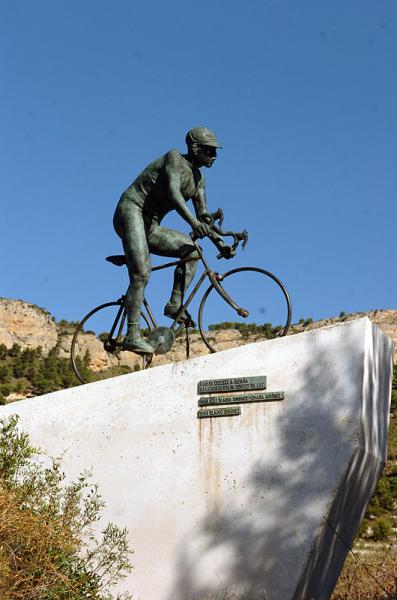
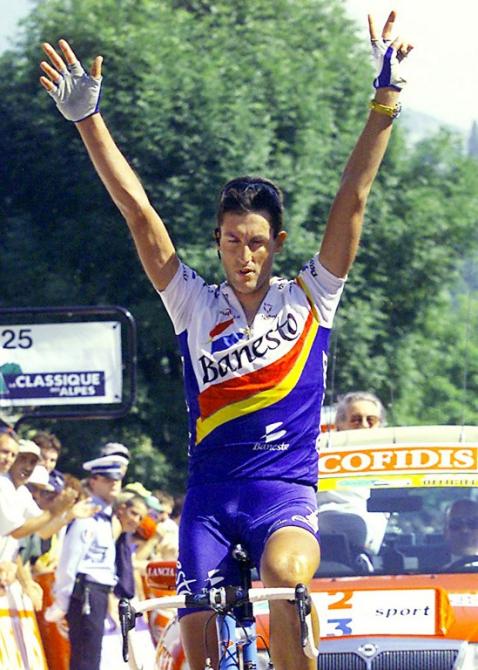
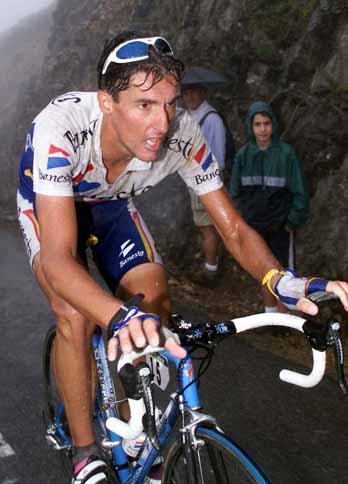
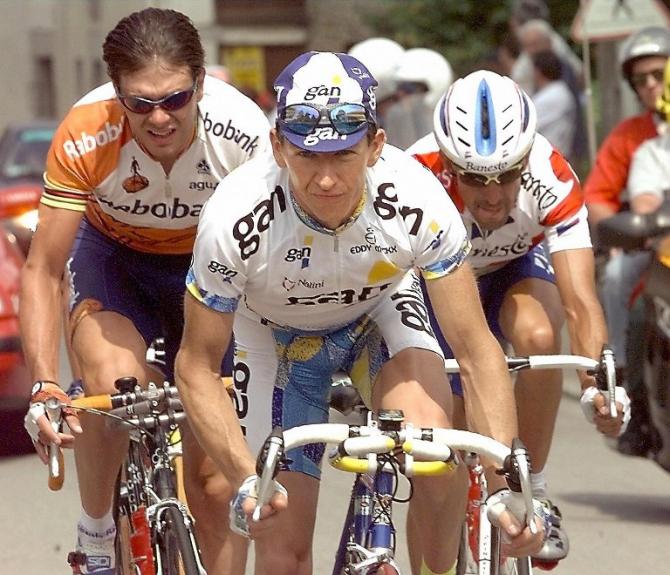

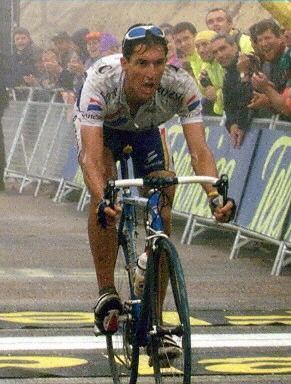
Friday marks 10 years since Spanish climbing ace José María Jiménez died after suffering an embolism while undergoing treatment for health and psychological problems at a clinic in Madrid. He was just 32.
Four times a winner of the mountains title at the Vuelta a España and the victor when that race headed up the fearsome Angliru for the first time in 1999, Jiménez was one of the scintillating riders of the 1990s, although the excesses for which he was renowned ultimately took their toll. Universally known as ‘Chava’, he turned pro in 1993 with Banesto and spent the rest of his career with the Spanish team.
One of several mooted successors to Banesto leader and five-time Tour de France winner Miguel Indurain, Jiménez lacked the time trialling ability and absolute focus required to take up Indurain’s mantle, but carved his own niche in the sport. He stood out on the biggest and toughest climbs, particularly in his home tour, where he won nine stages and finished a career-best third overall in 1998. Stories about his exploits both on and off the bike are legend. He was capable of partying all night, then riding the world’s best off his wheels in the mountains the next day, and once disappeared just before a stage was about to start at the Tour of Catalonia, only to return just before it did driving a new Ferrari he’d bought on a whim.
Mentored by brother-in-law Carlos Sastre’s father, Víctor Sastre, at the cycling school in El Barraco, in the mountains west of Madrid, Jiménez is remembered in the town with a statue that was the work of his younger brother, Juan Carlos, and is located close to the street that is named in tribute to him. He is buried nearby in the town’s cemetery.
Speaking to El Mundo in his studio in El Barraco where he works surrounded by images, paintings and other mementoes of his brother, Juan Carlos Jiménez revealed: “For me, José is still alive, I think he’s far away, taking part in a race and that some day he will return. I know this is a lie, but it helps me to cope with his absence. I think about him every day and at any moment.”
Their mother, Antonia, admitted to similar thoughts and feelings. “I’ve suffered a lot and I am still suffering. Every day we talk about José in the house. Now we get so much happiness from his nephew and niece, the children of [his sister] Piedad and Carlos Sastre. The boy looks like his uncle, he’s got the same mannerisms. He even rides the bike in the same way. It even seems like he’ll have the same talent."
Get The Leadout Newsletter
The latest race content, interviews, features, reviews and expert buying guides, direct to your inbox!
Peter Cossins has written about professional cycling since 1993 and is a contributing editor to Procycling. He is the author of The Monuments: The Grit and the Glory of Cycling's Greatest One-Day Races (Bloomsbury, March 2014) and has translated Christophe Bassons' autobiography, A Clean Break (Bloomsbury, July 2014).